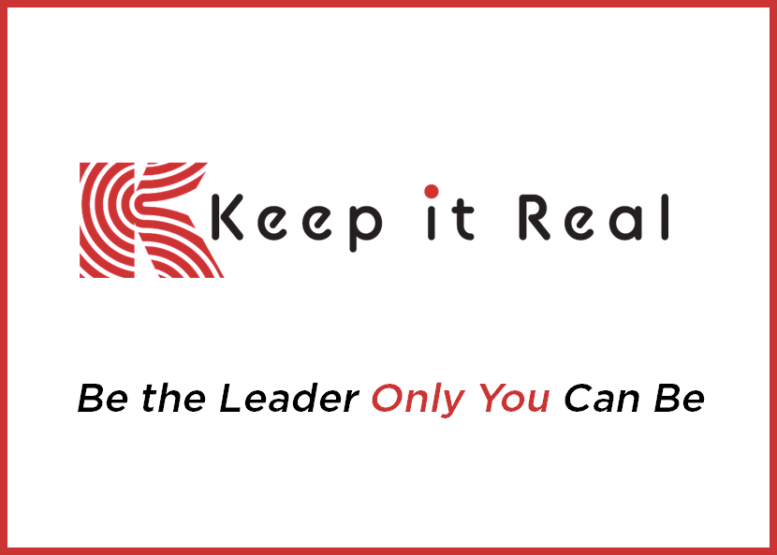Company culture plays a key role in retaining employees. A great culture, one that provides challenging work, opportunities for growth, connections, respect, and recognition is more likely to retain employees than the one that takes it for granted.
Nowadays with hybrid and fully-remote workspaces, establishing a strong culture can be a little challenging. Many employees who have been hired in the past three years have never met their co-workers or even their leader in person. They might be feeling adrift or disconnected.
How can leaders help employees be connected and engaged and become part of their company’s culture?
Develop a clear and consistent definition of the culture. A great culture is more than after-work events (in person or zoom), wellness programs, and catchy slogans. It’s how employees, customers and the outside world perceive an organization based on its attitudes and behaviors. It’s where employees feel valued, connected, challenged, and recognized. And it stems from leadership behavior at all organizational levels.
Communicate the culture. Make it easy to describe. Make it real. Do a periodic check-up to ensure that all parts of your culture are healthy and if not, review, adjust and get back on track. Every new hire (including remote ones) should receive an orientation that includes a discussion about company culture, vision, mission, and values. Consider having long-term (positive) employees/leaders describe the culture and give examples of how they’ve seen it demonstrated in their experience.
Demonstrate the culture. Make it an expectation that all interactions leader-leader, leader-employee, employee-employee align with the company values and promote the culture. Give new hires a strong start by helping them understand how their role contributes to the overall success of their team and the organization.
And last, but certainly not least, remember that it’s about the PEOPLE, PEOPLE, PEOPLE. Hiring the brightest and the best does you no good if you don’t take care of them. Be clear about their roles and responsibilities. Help them understand the values and the culture. Keep developing them, provide them with new challenges, and develop a work environment where every level of the organization is valued, connected, challenged, and recognized.
If you would like to learn more about how you can build a culture to attract, develop, and retain your top talent, join me for my next Leadership Power Hour webinar. You can register here for free.
Till the next time, keep it real.
Karen









